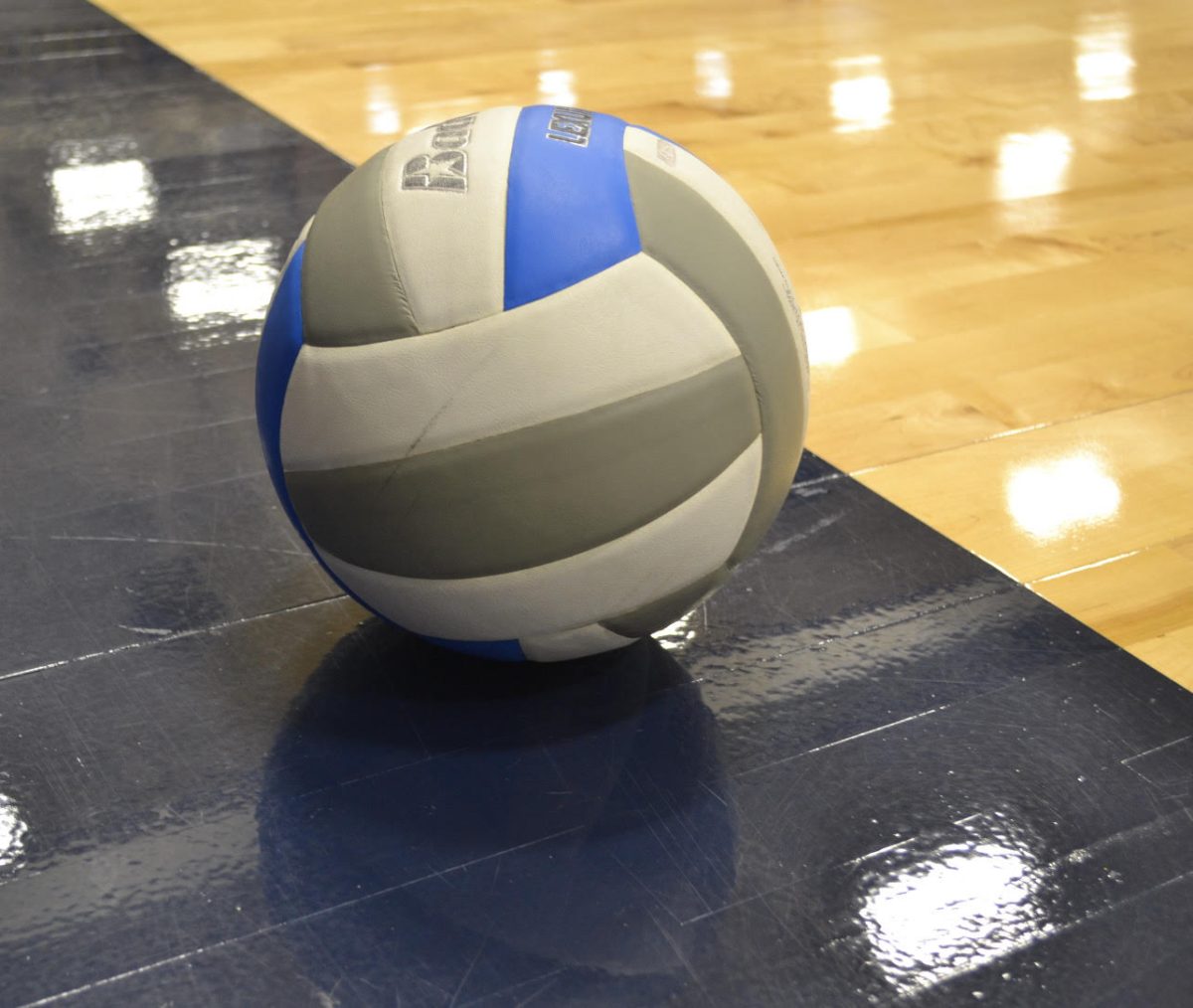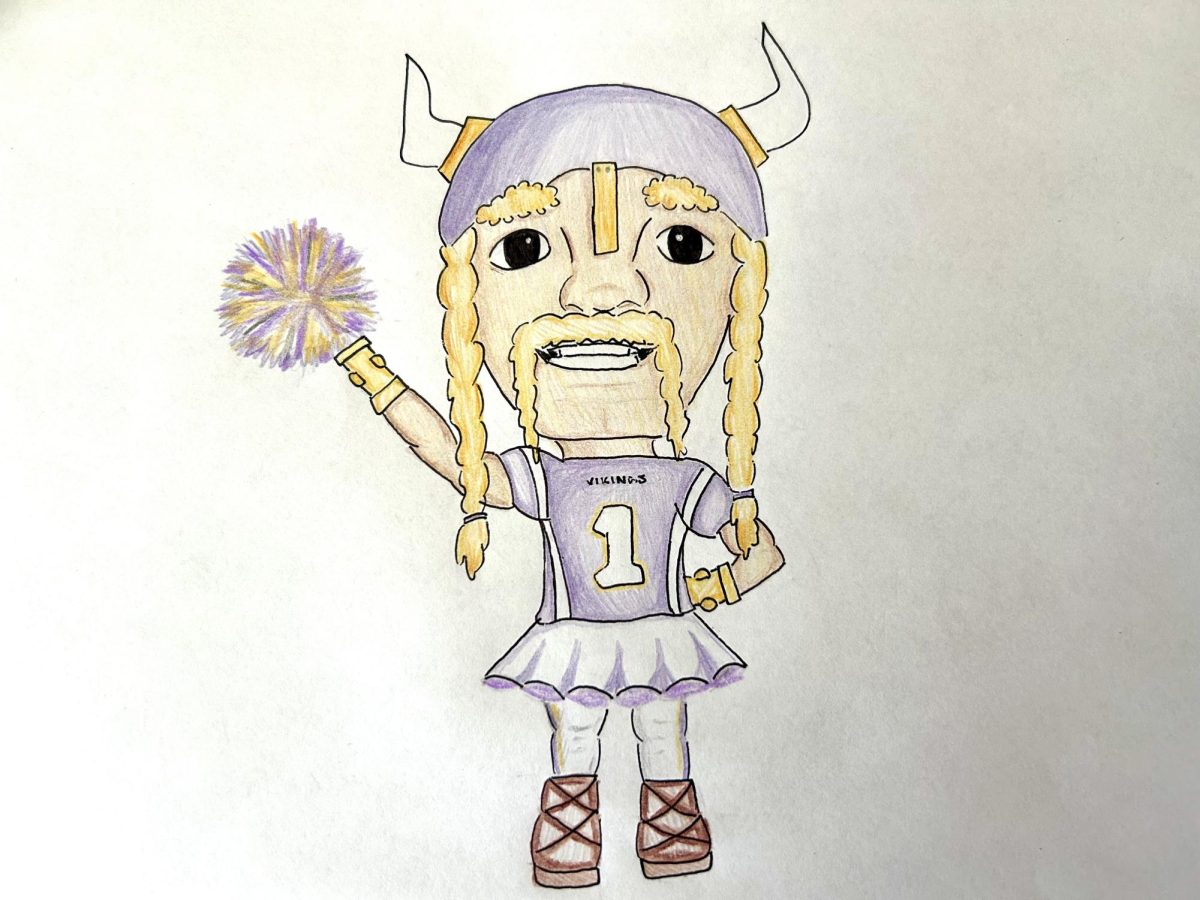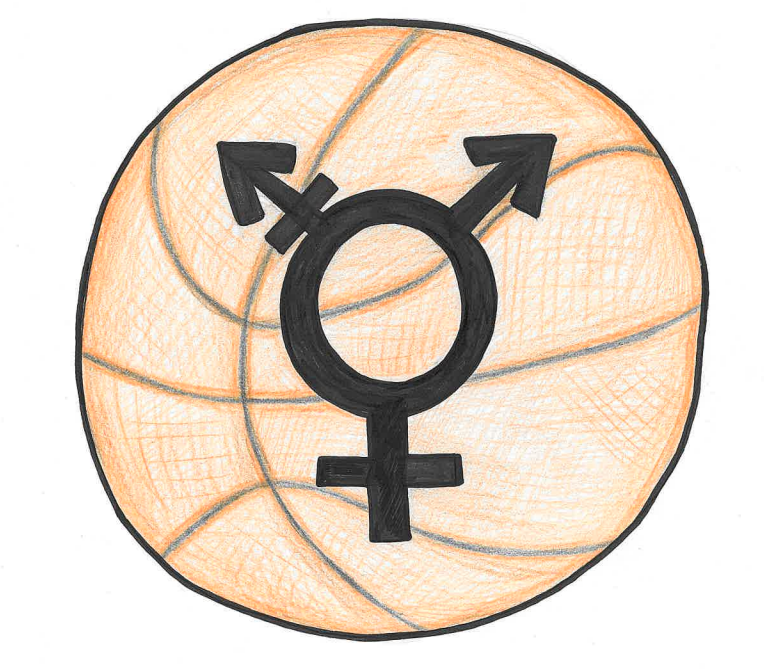Who would imagine a simple sport that uses only a net and ball would become one of the most popular sports worldwide? If you’re still clueless as to what that sport in particular is, I’ll spell it out for you: volleyball. Volleyball, or as it used to be called, mintonette, was created roughly 130 years ago in Massachusetts.
Volleyball has many different variations, with the most known and popular being indoor, an Olympic event for both men and women since 1964, and beach, an Olympic event since 1996. In modern volleyball, games are played to 25 points and have five sets, but in the past, games were only played to 15 points. One of the most unique elements of volleyball is the fact that each team can only touch the ball a total of three times per volley, or before it needs to be sent back over the net; however, this was not implemented until 1920 — but wasn’t the only change volleyball underwent. Before 2001, if a player were to hit the net while serving, they were allowed a “re-serve,” which allowed them to serve again. The game has gone through many much-needed iterations since the older version of mintonette, perfected for many to enjoy, whether it’s watching or playing.
When people think of volleyball, the first thing that comes to mind is probably kneepads, spandex and hair ties when it comes to the female side of the game. But the male side of volleyball has blossomed in popularity across the globe too recently, particularly at the high school and collegiate levels. Unfortunately, many high schools don’t offer their own boys’ volleyball teams, greatly lessening active participation and opportunities for those who are interested in volleyball to play.
Despite the scarcity of high school boys’ volleyball teams, people have still found a way to play, whether that be through recreational means or clubs. The West Coast, specifically California, is the largest hub for boys’ volleyball in the country. Harboring some of the best collegiate teams in the country, like the University of California Bruins (UCLA) or the University of California, Irvine (UC Irvine). It’s to be expected that the availability and representation of competitive men’s volleyball has caused a spike in popularity amongst youth. Even some
However, volleyball hasn’t always had the most positive track record. Regarded largely as a “female sport” by many due perhaps to its emphasis on elegance over aggression or favoring of teamwork vs. individual superstardom, contributing to the decline of players in recent years. Most of us realize that volleyball isn’t just a sport for girls to play, but before the recent traction boys’ volleyball has received, boys who did play volleyball were viewed as feminine and emasculate simply because they enjoyed playing a sport for the game and not the stereotypical connotations applied to it.
“I think there should be a boys’ volleyball team [at CHHS] because volleyball was created for everyone,” Anahis Chacon Contreras (11) said. “It should be offered to anyone wanting to play”
Luckily, in more recent years, volleyball has become an expansive sport with anyone and everyone to participate in; there is even a paralympic adaption called “sitting volleyball” that allows athletes who cannot physically stand to play. In non-adapted volleyball, there’s still an abundance of height in players, some even measuring a whopping 6 feet 9 inches and others as short as 5 feet 4 inches.
Social media is also a major contributor to the recent rise of interest in volleyball for all players, with people across the world sharing their interests, tips and tricks with others.
Boys’ volleyball is set to be a fully sanctioned and recognized sport by the Minnesota State High School League (MSHSL) in the academic year 2024-25. This is fantastic news for anyone hoping to play for themselves; hopefully, with this new addition, we’ll start to see more of a development of boys’ volleyball across the state. Columbia Heights High School (CHHS) is currently in the deciding stage of whether or not they’ll offer boys’ volleyball, with questions of funding and number of players up in the air.
“I would like to see a boys’ volleyball team, and I would participate in it,” Johand Orellana (11) said. “I think boys should earn a shot [at] trying out the sport and have fun in it!”
In recent years, volleyball has shown itself to be a well-liked sport by many across the globe, and with the growth of boys’ volleyball across the country, it is clear that a boys’ volleyball team at CHHS will reap many positive benefits for both students and coaches alike. In the wings may even be a new Olympic talent waiting to be discovered.










